Marine photography is an art form that combines technical expertise with a keen eye for detail, offering endless opportunities to capture the beauty and diversity of underwater worlds. Whether you’re a seasoned marine photographer or just dipping your toes into the world of underwater photography, mastering marine photo techniques is essential to unlocking the full potential of your craft. From navigating the complexities of moving water and variable lighting to crafting compositions that bring your vision to life, this guide delves into the essential strategies and techniques that every marine photographer should know. Explore everything from basic marine photo techniques to advanced methods, ensuring your next underwater shoot is nothing short of unforgettable.
Key Takeaways
- Master Marine Photography Preparation: Equip with a tripod, ND filter, and familiarize yourself with the boat’s layout for optimal vantage points.
- Excel in Boat Composition: Apply the rule of thirds, use leading lines, and capture the horizon for a serene backdrop.
- Perfect Lighting Strategies: Shoot during golden hour for soft, directional light and use reflectors to enhance your subjects.
- Enhance Post-Processing Skills: Adjust white balance, remove reflections, and gently boost colors for vibrant results.
- Seize Perfect Moments: Wait for ideal lighting and wave interactions to capture the essence of sailing.
- Optimize Camera Settings for Seascapes: Use a tripod, adjust exposure, set a shutter speed of 10-30 seconds, and employ manual focusing for sharp images.
- Maximize Filter Usage: Utilize ND and polarizing filters to balance scenes and reduce glare.
- Transform Boat Aesthetics: Choose high-quality finishes, upgrade interiors, and integrate luxury elements for an elegant look.
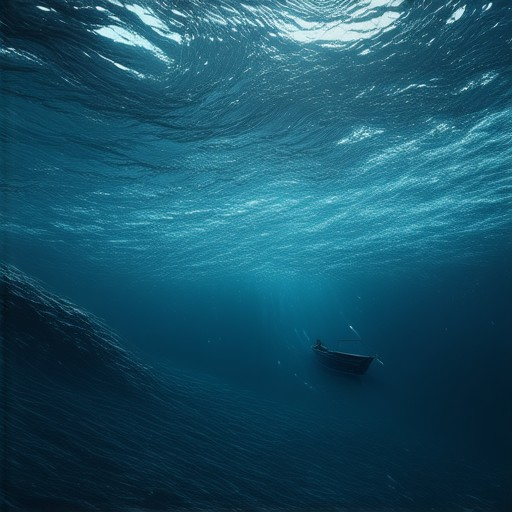
How to Do Marine Photography
Marine photography is a unique and rewarding art form that captures the beauty of the underwater world. Whether you’re diving recreationally or professionally, here are some essential tips to help you get started:
- Choose the Right Gear
- A high-quality underwater camera or a dedicated waterproof camera
- Wide-angle lens for capturing vast underwater scenes
- External flashgun for illuminating marine subjects
- Gopro or action camera for dynamic shots
- Understand Lighting Conditions
- Golden hour and blue hours offer soft, diffused light
- Midday sun can cause harsh shadows
- Sunlight filters through water differently
- Master Composition
- Use rule of thirds for balanced shots
- Incorporate leading lines and framing
- Focus on patterns and symmetry
- Be Patience and Observant
- Wait for the perfect moment when the subject appears
- Observe marine life naturally
- Stay calm to avoid disturbing the environment
- Edit Your Photos
- Adjust white balance for accurate colors
- Remove unwanted objects from the frame
- Sharpen details in critical areas
- Know Safety Guidelines
- Plan dives with a buddy
- Check equipment before entering the water
- Respect local regulations and marine life
By following these tips, you can capture stunning marine photography that showcases the diversity and beauty of the underwater world. Remember to explore different locations and experiment with techniques to develop your unique style.
The Three Types of Movement Photos
Movement photos capture dynamic moments and activities through the lens of a camera. Here are the three primary types of movement photos:
- Action Photos : These are high-energy photographs that freeze a moment in time, often capturing athletes, animals, or people in motion. They require fast shutter speeds and precise timing to capture the exact moment.
- Portrait Photos with Movement : In these photos, the subject is often moving, but the focus remains on their expression or emotion. Techniques like panning or freezing motion can be used to capture the essence of the movement.
- Landscape Photos with Movement : These photos feature a static landscape with dynamic elements, such as flowing water, moving clouds, or animals in their natural habitat. Long exposures or slow shutters can emphasize the movement within the scene.
Each type of movement photo tells a story and captures a unique perspective, making them timeless and engaging for viewers.
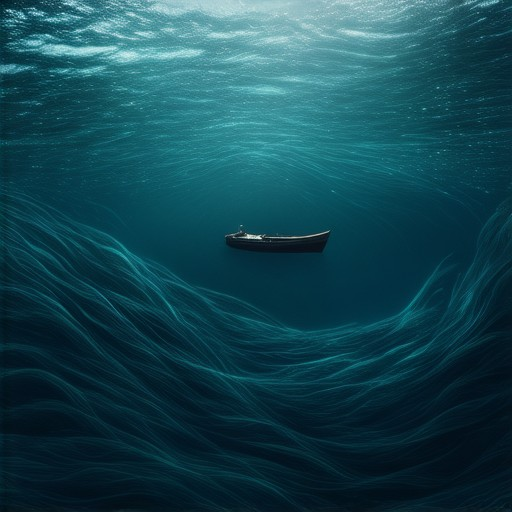
What Are the Techniques for Depth Photography?
Creating depth in photography involves several techniques that can transform a flat image into a three-dimensional masterpiece. Below are the primary methods to achieve depth:
- Objects at Various Distances
One of the most effective ways to create depth is by incorporating objects at different distances within the frame. Place elements in the foreground, midground, and background to create layers. For example, in a beach scene, include rocks in the foreground, a boat in the midground, and a distant wave in the background. This creates a sense of space and dimension. - Focus and Depth of Field
Utilize focus and depth of field to enhance depth. By adjusting the focus, you can make certain parts of the image sharp while others become blurred, creating a sense of distance. For instance, in a portrait, focus sharply on the subject while allowing the background to soften, giving the impression of depth. Experiment with different aperture settings, such as f/8 for maximum depth of field effect. - Light, Color, and Shadows
Light plays a crucial role in creating depth. Use shadows to add dimensionality. For example, in a landscape shot, the shadow of a tree can fall on the ground, creating a sense of depth. Additionally, use color contrasts to guide the viewer’s eye through the frame. A bright object in the foreground can draw attention while a darker object in the background recedes, enhancing depth perception. - Post-Processing Techniques
Enhance depth during post-processing by using software tools like Adobe Photoshop or Lightroom. Apply depth-of-field effects, perspective correction, or lens flares to further emphasize depth. Adjustments like deconvolution or depth masks can help bring out details in the foreground while softening the background.
By combining these techniques, you can create stunning photographs that capture the true essence of depth. Remember to experiment with different compositions and lighting conditions to find your personal style. For more tips and inspiration, explore the winners’ gallery and photography tips on our website: Sailing Photo Awards .
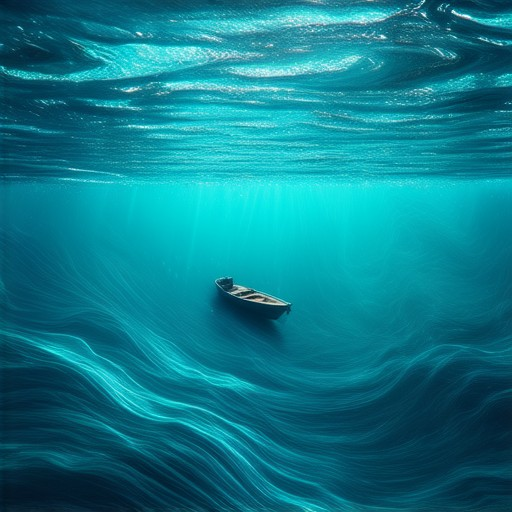
How to Take Good Photos on a Boat?
- Preparation is Key: Before setting sail, ensure you have the right equipment. Bring a sturdy tripod, neutral density (ND) filter, and extra batteries. Familiarize yourself with the boat’s layout and find the best vantage points.
- Composition Techniques: Utilize the rule of thirds and leading lines to frame your shots. Capture the horizon for a calming backdrop and experiment with angles to add drama to your photos.
- Lighting Strategies: Shoot during golden hour for soft, directional light. Avoid direct sunlight to prevent harsh shadows and consider using a reflector to bounce light onto your subject.
- Post-Processing Tips: Adjust white balance, remove reflections from glass, and enhance colors gently. Use editing software to correct exposure issues and fine-tune your shots.
- Stay Patient and Observant: Wait for moments when the light and waves align perfectly. Pay attention to small details like wave patterns and the interaction between water and boat.
By following these tips, you can capture stunning photos that truly showcase the beauty of sailing. Remember to explore different perspectives and let the boat’s movement inspire your creativity!
Best Camera Settings for the Sea
For capturing stunning seascapes, consider the following optimized settings:
- Tripod and Cable Release : Essential for stability, especially during long exposures. Use a tripod and cable release to avoid camera shake.
- Exposure Settings :
- Shutter Speed : Aim for 10-30 seconds for smooth wave motion.
- ISO : Keep it low (100-200) to avoid noise and maintain detail.
- Aperture : Use a smaller aperture (f/8 to f/16) for greater depth of field and sharp focus.
- White Balance : Utilize automatic settings or manually adjust based on the scene’s color temperature for accurate hues.
- Focus : Manual focusing is recommended for precise control, especially when using shallow depth of field.
- Filters : Consider using ND filters to balance sky and sea exposure. Polarizing filters enhance colors and reduce glare.
- Composition : Incorporate leading lines like the horizon and include elements like rocks or boats to add interest.
- Post-Processing : Adjust histograms for balance, apply noise reduction, and crop/straighten images for optimal results.
By combining these settings, you can effectively capture the dynamic beauty of the sea, ensuring memorable and visually striking photos.
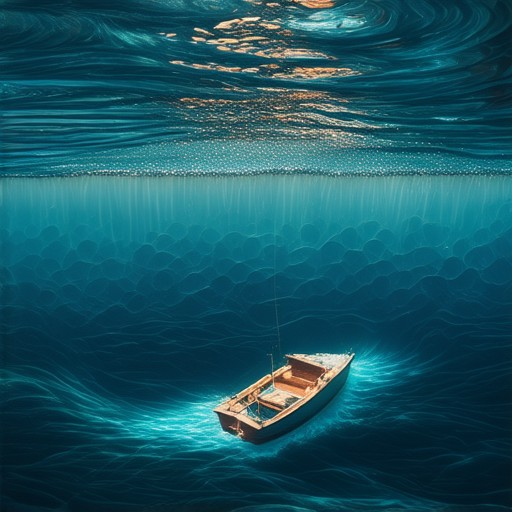
How to Make a Boat Look Expensive
To make your boat look more luxurious and expensive, consider the following tips:
- Exterior Finishes: Opt for high-quality paint that resembles marble or luxury wood tones. Add chrome or stainless steel accents to trim and hardware for a sophisticated look.
- Interior Design: Use soft, high-end fabrics and leathers for seating and upholstery. Install LED lighting to create a warm, inviting atmosphere during the evening.
- Custom Decor: Incorporate unique artwork, custom-designed cushions, and statement pieces to reflect your personal style and add a touch of exclusivity.
- Technology Integration: Upgrade your entertainment system with high-end speakers and a premium sound system to enhance the onboard experience.
- Personal Touches: Add personalized touches like family photographs or custom-designed decor to make the boat feel like a second home.
- Hardware Upgrades: Invest in polished winches, upgraded steering wheels, and other hardware components that reflect a commitment to quality and luxury.
- Performance Enhancements: Equip your boat with high-performance engines and advanced navigation systems to showcase its capabilities and sophistication.
- Maintenance Routine: Regularly inspect and maintain your vessel to ensure it remains in pristine condition, which is essential for preserving its expensive appearance.
Conclusion: By focusing on these details, you can transform your boat into a floating luxury retreat that exudes elegance and sophistication.
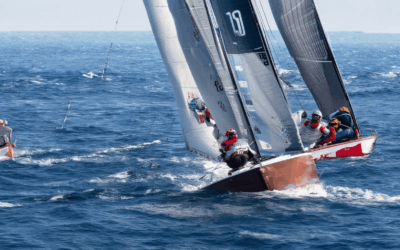
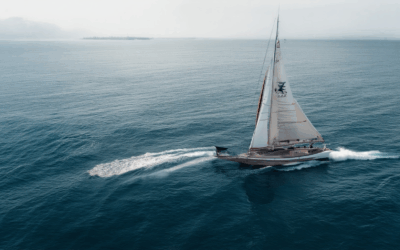
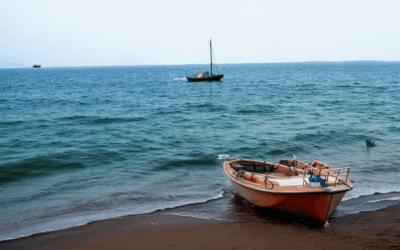
0 Comments